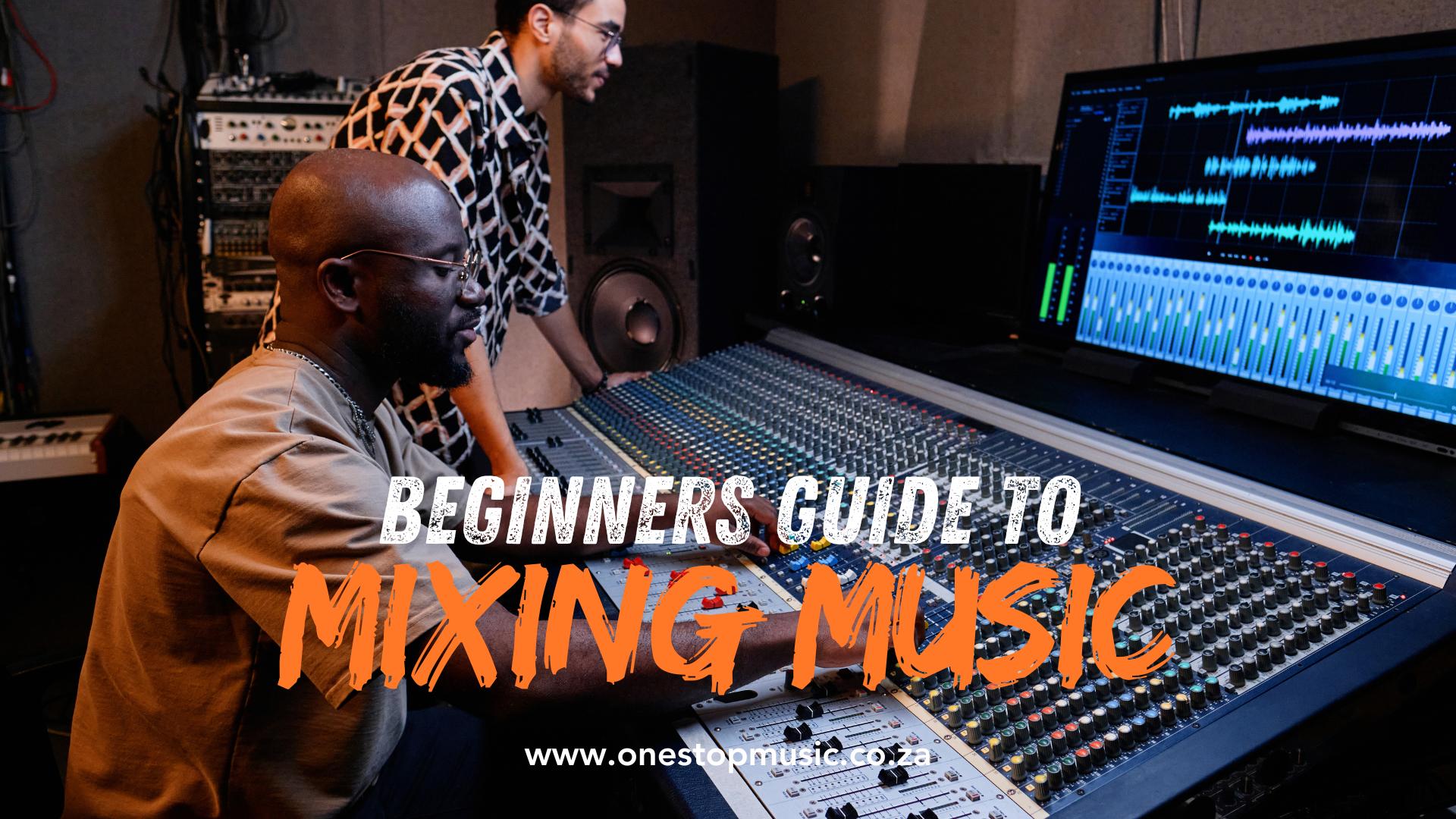Arturia Astrolab 88 Review: Stage Performance, Redefined
Introduction Say hello to the Arturia Astrolab 88 – the ultimate stage keyboard designed for musicians who want unmatched live performance capabilities and synth integration all in one. With its sleek design, deep Analog Lab integration, and advanced...












